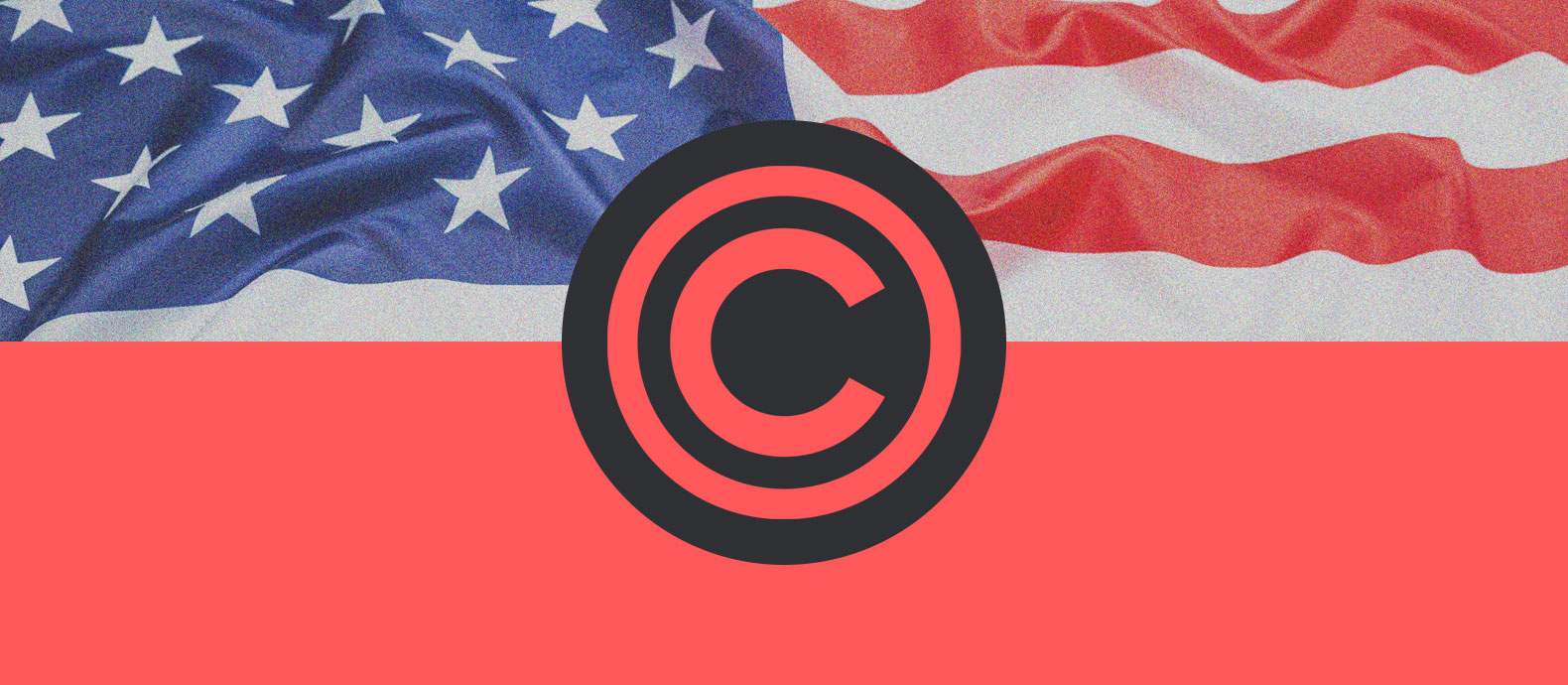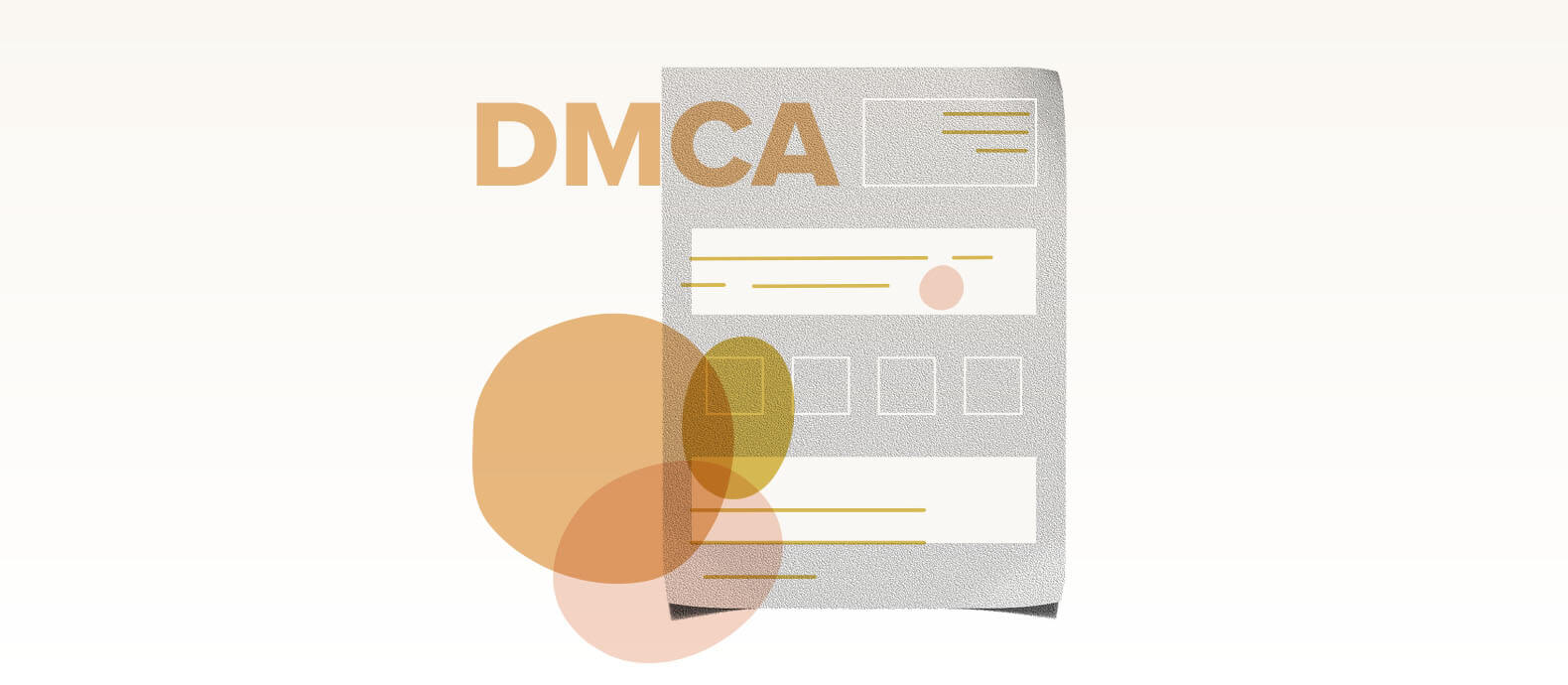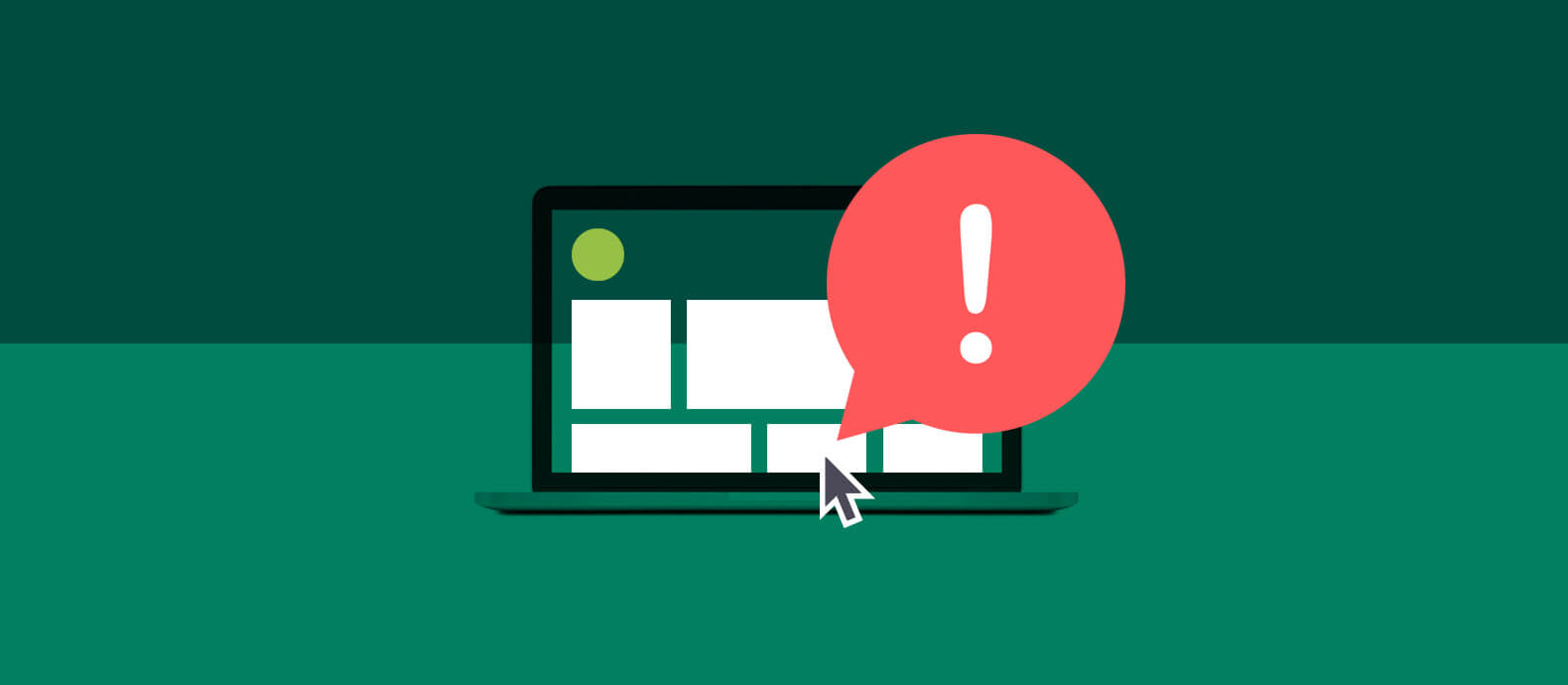If you find that your online content – blog posts, logos, brand names, photos, and so on – have been unscrupulously copied elsewhere on the web, then your first point of call will be to send a DMCA takedown request. A DMCA takedown is when content is removed from a website or internet platform after a request has been sent by the content owner.
It’s imperative that brands act as soon as they sniff out malpractice online before their brand reputation takes a hit. While some copyright infringements are honest mistakes, there are many bad actors out there who will pass your content off as their own intentionally. Often this is because they don’t want to pay to create their own content, so they steal from you. Even more insidiously, however, there will be scammers out there copying your website to defraud customers of their money and personal details.
In this article, you will learn:
- What is a DMCA takedown?
- What you need to file a DMCA takedown request
- How to protect your copyright online
What is a DMCA takedown?
The advent of the internet caused a boom in content creation. Suddenly, there were new types of content as well as new ways of sharing it. The copyright laws of old no longer applied to this foreign digital landscape, where millions of people were creating content – or copying it – everyday.
The Digital Millennium Copyright Act (DMCA) was a direct response to the copyright chaos that was unfolding online. Passed in 2000, the DMCA meant any copyright holder could send out a takedown notice if they caught someone reusing their content without permission. This took the burden away from online platforms and search engines.
While it can be beneficial to use a lawyer to draft a DMCA notice, it is not necessary. As long as your request has the correct details (more on that below), then it constitutes a valid DMCA notice.
A DMCA request is written by the copyright holder and sent to the infringer – this could be a website owner, a web host, search engine, or internet service provider. The notice is a legal document that simply informs the recipient that someone uploaded their own copyrighted material to the platform without permission. Copyright law protects any original work, such as photos, videos, music, logos, blogs, illustrations, art, and computer software code.
Once the recipient has received the DMCA notice, they can then be held liable if they do not adhere to the request. If they refuse to take down the material, or disagree with the notice, then a lawsuit can begin. Usually, the recipient will comply, since who wants an expensive lawsuit on their hands?
In essence, the DMCA is the first point of call for any copyright infringements made online. It doesn’t guarantee a takedown of the content, it merely alerts the recipient that they are using your content and you intend to begin a lawsuit should they not comply with your request.
What does a DMCA takedown do?
Notifies the recipient
The primary reason you would send a DMCA takedown request is to notify the recipient that their content infringes on your copyright. Similarly to a Cease and Desist (C&D) letter, a DMCA request usually gives the recipient 10 or 15 days from when the letter or email was sent to comply with the notice and take down the infringing material. Once they have received the request, they are now liable. If they do not heed your request within this timeframe, then you may legally be able to go the next step, and initiate a lawsuit.
Serves as a legal marker
A DMCA notice is your first step in fighting a copyright infringement. You may decide (and usually it’s a good idea) to send a polite, informal email to the web host or website owner pointing out that their content is infringing on your copyright.
It’s not unusual for people to copy your content unintentionally, in which case the recipient would most likely take down the offending material immediately and there would be no need for a formal DMCA request. An informal email, however, won’t hold up long in a court battle. A DMCA takedown request, on the other hand, is a legal document and if the recipient does not comply, they are now liable and a lawsuit can begin.
What do you need to file a DMCA takedown?
While you can get a lawyer to help you, you can file a DMCA complaint easily yourself as long as you follow specific steps. Before you can even make a complaint, however, you need to make sure that certain criteria are fulfilled:
- You have registered your copyright: While it’s still possible to send a DMCA takedown request if you haven’t officially registered your work for copyright, you will have trouble pursuing the case in a court of law. All of your own, original work is automatically protected under copyright law, whether it was registered or not. In order to take legal action against someone who infringed on your copyright, however, you ideally need to have registered your copyright.
- You are the copyright holder: For a valid DMCA request, you need to be the copyright holder or have the legal right to stand in as the copyright holder.
- Infringement cannot be covered by other laws: There are instances where it is legal to reuse another person’s work, such as in Fair Use cases or in cases of free speech. Be careful that the content that is being copied can’t be defended by other of these laws.
- The country the website is based in is covered by WIPO: The DMCA notice is a US law and it is covered by WIPO (the World Intellectual Property Organization). This means that a website based in any country that subscribes to WIPO can be held accountable via a DMCA request. If the country is not within the parameters of WIPO, then a DMCA request will have little effect.
- The content is formatted digitally: Since the DMCA is a digital copyright act, the content has to be formatted in acceptable digital forms. Upcounsel lists the following digital formats covered by the DMCA:
- Text: TXT, RTF, DOC, DOCx, PDF, PPT, PAGES
- Images, pictures, and photos: BMP, EPS, SVG, JPG, JPEG, GIF, PNG, PSD, RAW, TIFF
- Video: MPG, AVI, RM, MOV, Quicktime, Windows Media Player, RealPlayer
- Music and audio: AIF, AU, MP3, MP4, MID, WAV
- Images found on: Facebook, Tumblr, Pinterest, Flickr, Instagram
Once you have ascertained that this criteria is all being met by the infringer, then you can begin filing your DMCA takedown notice. For that, you will need to include the following information. If you miss out some of the necessary information, it will not constitute a valid DMCA notice:
- Signature: You will need to include the copyright owner’s signature (which can be physical or electronic) or that of the person acting on behalf of the owner.
- Infringed work: Clearly identify the material that you claim is an infringement of your work and that you want removed. Locate it clearly on the website.
- Contact details: Give your address, telephone number, and email address for where the recipient can get hold of you.
- Statement: Write a statement whereby you outline that you have good faith that the material that is infringing your own was not authorized by the copyright owner, its agent, or the law.
- Identification: State that the information you have provided is correct and that you are the copyright holder (or you are acting on behalf of the owner).
- Deadline: Offer a deadline (usually between 10 and 15 days of being sent) by which time the recipient must take down the infringing content.
- Recipient name: Include the full name and contact details of the recipient (such as their business information).
How to file a DMCA takedown
Step 1: If the infringement is taking place on an online platform, like Google, Shopify, or Instagram, be aware that they will all have their own methods of taking down infringing material. In fact, it is in their interest to take down the material once you alert them to an infringement, as they can be held accountable if not.
Step 2: If a website is infringing your copyright, you will need to contact the correct person or entity. You can either contact the domain owner, the web host, the online server, or internet service provider. Finding and contacting the domain owner is easier said than done. Sometimes the contact details are available on their website, but sometimes you have to do a little digging. You can sometimes find their details on ICANN. If not, then get in touch with the web host, online server, or internet service provider.
Step 3: If they don’t respond promptly, you should send out your DMCA request and thus begin the legal timeline.
4 ways to protect your copyrighted work
1. Register your copyright
If you are a serious online brand, then we highly recommend registering your copyright. This will enable you to pursue any copyright infringements with legal action.
2. Add the copyright symbol and watermarks
Even if you haven’t registered your copyright, we recommend adding watermarks to your visual work and the copyright logo to your website. This will help deter any unscrupulous entities from copying your work and passing it off as their own.
3. Contact details
You should make your contact details available on your website to avoid complicated situations further down the line. This means that anyone who wants to reuse your work can ask for permission beforehand. If your details aren’t obvious, certain people may skip the step of asking for permission and copy your content illegally.
4. Detect copycats
Detecting infringing content is no easy task. While there are certain ways you can do this, they are time consuming. Automated web monitoring is the most effective way at enforcing your copyright. With Red Points’ Copyright Enforcement Software, we use bot-powered searches to seek out infringers and remove their copycat content.
What’s next?
The world wide web is a big place and content is being created, uploaded, and copied all the time. When your content has been copied without your permission, it is not only frustrating, since your time and money went into creating that original work. It also has the potential to damage your brand, with other people taking the credit for your work.
Thankfully, when the DMCA takedown came into effect in the year 2000, it made it easier for brands to protect their content. Detecting infringing content, writing an accurate DMCA notice, and making sure copycats comply with the law is no easy process though. Thankfully, you can automate your copyright enforcement with Red Points’ DMCA Takedown Service.






